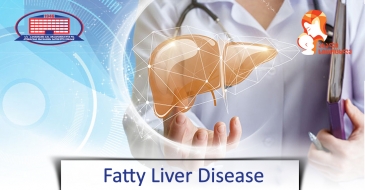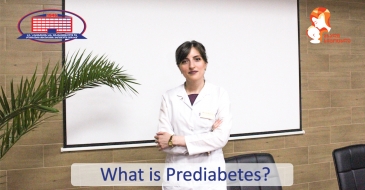Hemorrhoid is an important disease that requires timely treatment.
Self-treatment is inadmissible, because without proctologist's supervision large intestine’s more serious and dangerous pathology might not be brought to attention.
Among large intestine pathologies, hemorrhoid is the most common rectum disease. According to data from recent years, it’s in the first place among proctologic diseases.
Hemorrhoid complex is a normal anatomical structure and its role in lower third of the rectum is quite significant. Hemorrhoid complex with other anatomic structures of the anorectal area supports and regulates intra-intestines and gas deterrence and hermetic occlusion of rectum. As for enlargement of hemorrhoid nodes, it is already a pathological process and is called hemorrhoid disease.
The hemorrhoid disease is the enlargement of the cavernous bodies of rectal terminal area. The mechanism of the formation of hemorrhoid (piles) disease is cavernous structures arterio-venous anastomas’ functional disorder and excess blood flow in hemorrhoid.
National Center of Surgery’s head of the proctology department, surgical oncologist and endoscopist Lasha Silogava discusses hemorrhoid.
– Mr. Silogaa what causes hemorrhoid and could you indicate risk-factors of it?
–I present you with several risk-factors:
- Constipation;
- Diarrhea
- Irritated intestine syndrome;
- Pregnancy;
- Childbirth;
- Regular condactment of topical treatment procedures, for example douche and etc.
- Menstruation
- Motionless, inactive lifestyle;
- Following types of sport: horsemanship, heavy athletics, motorcycle and cycle sports
Hemorrhoid is considered to be a progressive disease of this century. Any person, who has a sedentary and motionless lifestyle, is under the risk of hemorrhoid development.
– What are the hemorrhoid symtomps?
– Piles i.e. Hemorrhoid disease is characterized with inflammation and practically clinically asymptomatic period substitutions, but once started, the process doesn’t halter and almost in every case it undergoes permanent clinical symptoms progression.
Common symptoms are following:
- Blood discharge during and after defecation.
- Swelling of nodes, thrombosis that is accompanied by pain.
- Prolapse and impaction of nodes that is accompanied by pain.
- Discharge in the form of mucus.
- Anal itching with skin irritation and dermatitis.
- Most commonly combined at anal cleft.
- Unpleasant feeling of incomplete emtyping of rectum.
– What can you tell us regarding hemorrhoid diagnostic methods?
– Diagnosis is based on the following medical data:
1. Anamnesis;
2. Physical characteristics;
3. Disease’s clinical symptoms.
National Center of surgery offers patients following methods of hemorrhoid diagnostics:
- Visual inspection of anal and perianal areas, palpation;
- Digital examination;
- Procto-anoscopy;
- Rectoromanoscopy;
- Colonoscopy if necessary;
- X-ray with contrast if necessary;
- Laboratory studies.
– What is the treatment method?
– First and second degree is a subject to conservative treatment (phlebotropic medicine, topically used ointment, non-steroidal analgesics) and special minimally invasive treatment (sclerotherapic injection, coagulation techniques, latex ring ligation, cryotherapy, laserotherapy) methods are also utilized. Whereas, third and forth degrees are only treated with surgery.
In the nearest future, the National Center for Surgery will implement a modern method of hemorrhoid treatment - laser hemorrhoidectomy.
National Center of Surgery address: Tbilisi, Dighomi, Chachava str. N5.
You may contact National Center of Surgery’s call center at 577 119 119 or 2 02 25 25.
In case of any issues, you may contact National Center of Surgery’s proctologist, Lasha Silogava for consultation at 599 10 50 31..
Wish you health!








